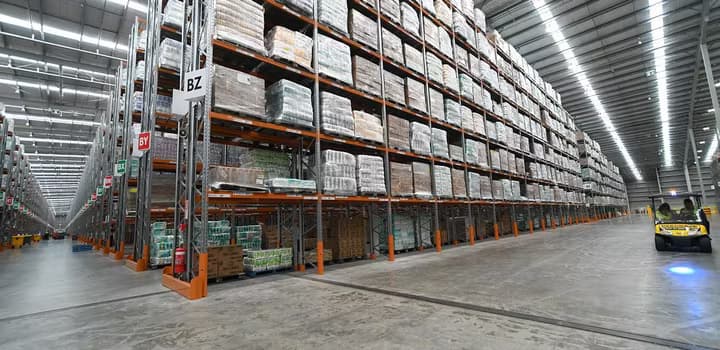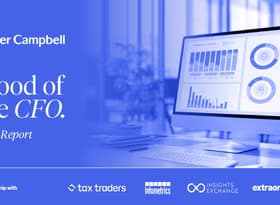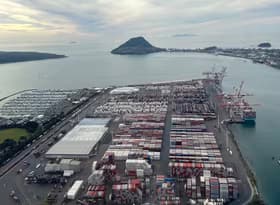Costs from grocery suppliers to supermarkets increase 2.3%pa in September

The pace of supplier cost increases to Foodstuffs supermarkets was unchanged last month, with the Infometrics-Foodstuffs New Zealand Grocery Supplier Cost Index (GSCI) showing an average 2.3% increase in what suppliers charged in September 2025, compared to a year earlier.
“September recorded the same result as in August, following a period of incremental increases,” said Infometrics Chief Executive and Principal Economist Brad Olsen. “Slightly lower international dairy prices in recent months have eased pressure on dairy costs, which was previously a key driver of higher overall grocery costs. Protein costs remain higher, with meat and seafood supplier costs continuing to rise as global demand remains elevated relative to supply.”
The Infometrics-Foodstuffs New Zealand Grocery Supplier Cost Index (GSCI), commissioned by Foodstuffs New Zealand, measures the change in the list cost of grocery goods charged by suppliers to the Foodstuffs North Island and Foodstuffs South Island co-operatives. The Index utilises detailed Foodstuffs NZ data across over 60,000 products the Foodstuffs co-ops buy to stock in their 500+ stores, making it the largest dataset of its type in New Zealand, to give a real-time view on supplier cost changes.
Every month, the Index tracks what it costs supermarkets to buy the goods to put on the shelf. Previous analysis shows that supplier costs are the major component of supermarket prices, representing two-thirds of the on-shelf price.
Supplier costs rose across all departments in September, year on year. “Previous increases in dairy costs continue to push bakery costs higher, up 3.9%pa. Higher fish costs, especially for salmon, saw seafood supplier costs advance 2.4%pa, the fastest increase since mid-2024. Butchery cost increases were more restrained, with more limited gains in beef costs,” said Mr Olsen. “Chilled foods costs also saw a slightly slower pace of gains, with a slight decline in butter costs. Olive oil costs have fallen slightly, but chocolate, coffee, and potato chip costs rose.”
Month on month, just over 3,200 products increased in cost from August to September 2025. “This monthly total was a touch higher than usual, although the 12-month moving average remains at around 2,800 per month,” said Mr Olsen. “There were higher bakery, grocery, and frozen goods cost changes in September than those seen a year ago, but the number of butchery and chilled foods costs changes in September were lower.”
“Input prices into production and supply chains remain more muted, with limited changes to the cost of fuel or imported goods - although the recent dip in the NZ dollar could add a little more pressure. Higher cost increases are being driven by global supply and demand dynamics, and continue to be more contained to a smaller selection of key, frequently bought products like dairy and meat, rather than higher costs across the board.”
ENDS
Note:
The Infometrics-Foodstuffs New Zealand Grocery Supplier Cost Index (GSCI), commissioned by Foodstuffs New Zealand, measures the change in the list cost of grocery goods charged by suppliers to the Foodstuffs North and South Island cooperatives.
List cost refers to the cost suppliers charge retailers before trade spend is applied; trade spend being any form of discount provided by a supplier to allow their goods to be discounted.
The Index utilises detailed Foodstuffs NZ data, across over 60,000 products, analysed by independent economics consultancy Infometrics to produce the GSCI and publish it on a monthly basis. For more details see www.infometrics.co.nz/product/grocery-supplier-cost-index.
- Foodstuffs NI Distribution Centre by Foodstuffs NZ. Copyright 2021.
Related articles



 Brad Olsen
Brad Olsen